Data Analytics - Data Analytics Insights
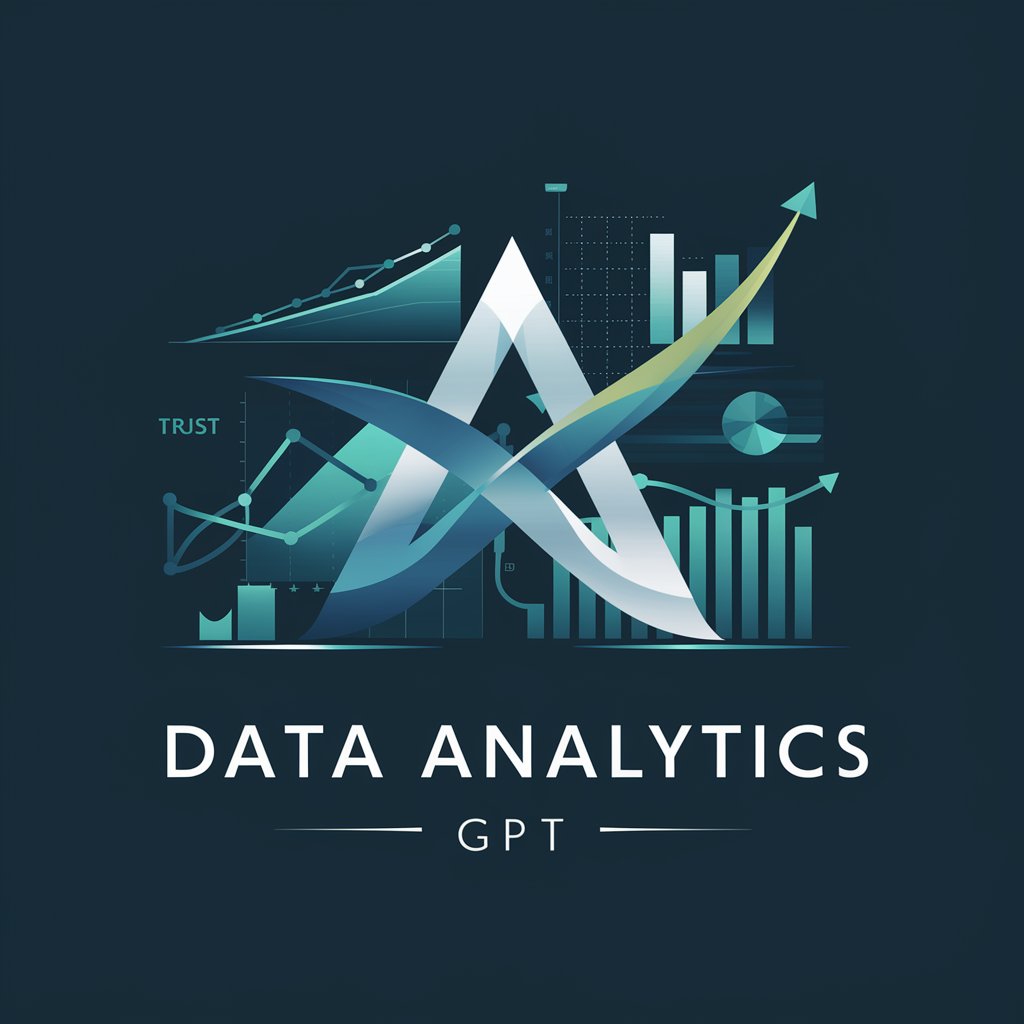
Welcome! Let's dive into the world of data analytics together.
Empowering decisions with AI-driven analytics
Explain the significance of data normalization in data analysis.
How can one interpret the results of a linear regression analysis?
What are the common pitfalls in data visualization, and how can they be avoided?
Discuss the differences between supervised and unsupervised learning in machine learning.
Get Embed Code
Introduction to Data Analytics
Data Analytics involves the process of examining, cleaning, transforming, and modeling data with the goal of discovering useful information, informing conclusions, and supporting decision-making. This field integrates techniques from statistics, computer science, and mathematics to analyze and interpret complex datasets, enabling organizations and individuals to make evidence-based decisions. For example, a retail company might use data analytics to understand customer buying patterns, leading to optimized inventory management and targeted marketing campaigns. Similarly, in healthcare, data analytics can be applied to improve patient outcomes through predictive models that anticipate health trends and disease outbreaks. Powered by ChatGPT-4o。

Main Functions of Data Analytics
Descriptive Analytics
Example
Generating monthly sales reports to identify trends and patterns.
Scenario
A company uses descriptive analytics to analyze historical sales data, helping them understand the periods of high and low demand. This information guides their marketing strategies and stock management.
Predictive Analytics
Example
Using historical data to predict future trends, such as customer demand.
Scenario
An e-commerce platform applies predictive analytics to customer browsing and purchase history to forecast future buying behavior and personalize recommendations, increasing sales and customer satisfaction.
Prescriptive Analytics
Example
Recommending specific actions to achieve desired outcomes, such as optimizing delivery routes.
Scenario
A logistics company employs prescriptive analytics to analyze shipping data and optimize delivery routes and schedules, reducing costs and improving delivery times.
Diagnostic Analytics
Example
Investigating why sales dipped in a particular quarter.
Scenario
Using diagnostic analytics, a business can delve into its CRM and sales data to uncover reasons behind a sales decline, such as market competition or internal challenges, and strategize on improvements.
Ideal Users of Data Analytics Services
Business Leaders and Managers
These individuals use data analytics to inform strategic decisions, optimize operations, and enhance customer experiences. By understanding market trends, customer behavior, and operational efficiency, they can guide their teams more effectively.
Data Scientists and Analysts
Specialists who require sophisticated tools and methodologies to extract insights from data. They benefit from data analytics platforms that offer advanced statistical and machine learning capabilities to conduct deep analyses.
Marketing Professionals
Marketers leverage data analytics to craft targeted campaigns, understand customer preferences, and measure the effectiveness of their strategies. Analytics enable them to allocate their budgets more efficiently and increase ROI.
Healthcare Providers
Healthcare professionals and institutions use data analytics for predictive modeling to improve patient care, manage resources, and anticipate healthcare needs, leading to better health outcomes and operational efficiency.

Guidelines for Using Data Analytics
Start Your Journey
Initiate your data analytics journey by exploring yeschat.ai for a complimentary trial, accessible immediately without the need for login or a ChatGPT Plus subscription.
Identify Your Goals
Clearly define your objectives. Whether it's improving business operations, conducting academic research, or analyzing trends, understanding your goals will guide your analytics approach.
Gather and Prepare Data
Collect the necessary data relevant to your goals. Ensure the data is clean and organized, removing any inaccuracies or irrelevant information to ensure high-quality analysis.
Analyze and Interpret
Utilize analytical tools and techniques to examine your data. Apply statistical methods and data visualization to uncover patterns, trends, and insights.
Apply Insights
Implement the insights gained from your analysis to make informed decisions. Use these insights to drive strategies, solve problems, or enhance understanding in your specific field.
Try other advanced and practical GPTs
Wingwoman Wisdom
AI-powered relationship enlightenment

Motivation
Elevate Your Goals with AI Motivation

Easy Blog Transformer
Transform presentations into engaging blogs.
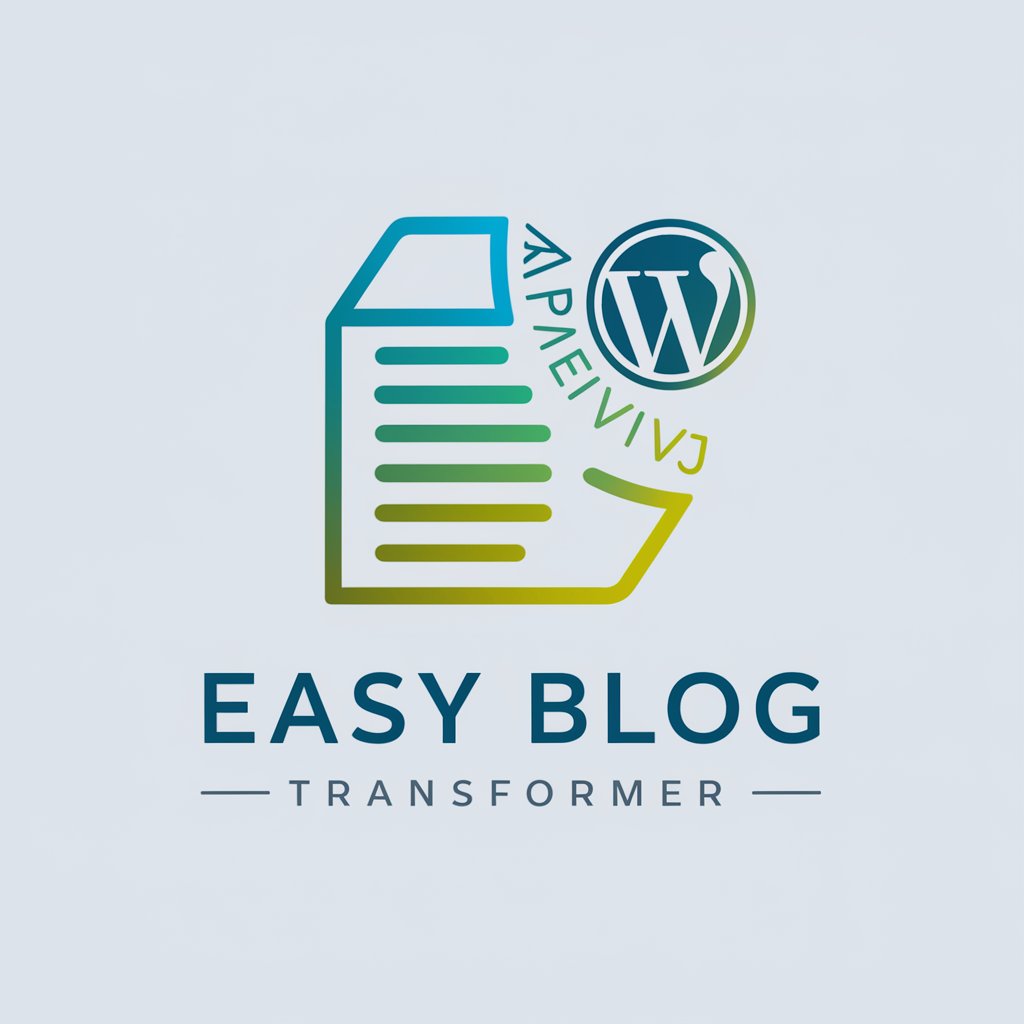
Nocoded Proposal Pro
Tailoring No-Code Proposals with AI
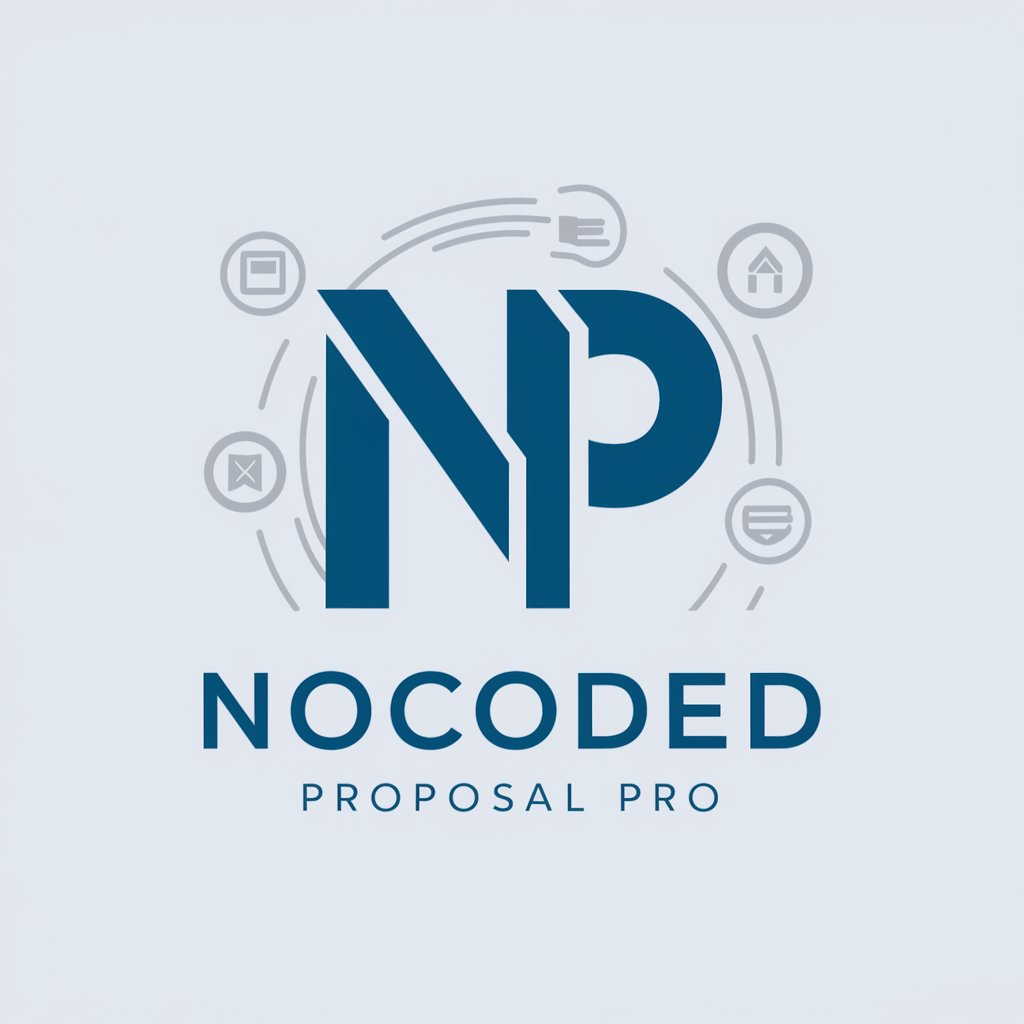
FredGPT
Turning Adult Speak into Child's Play

신박한 신박사 (Dr. Shin)_2
Empowering Your Success with AI-Powered Guidance

Antique
Uncover the past with AI-powered antique insights.

4ProbGPT
Empowering Marketing Success with AI
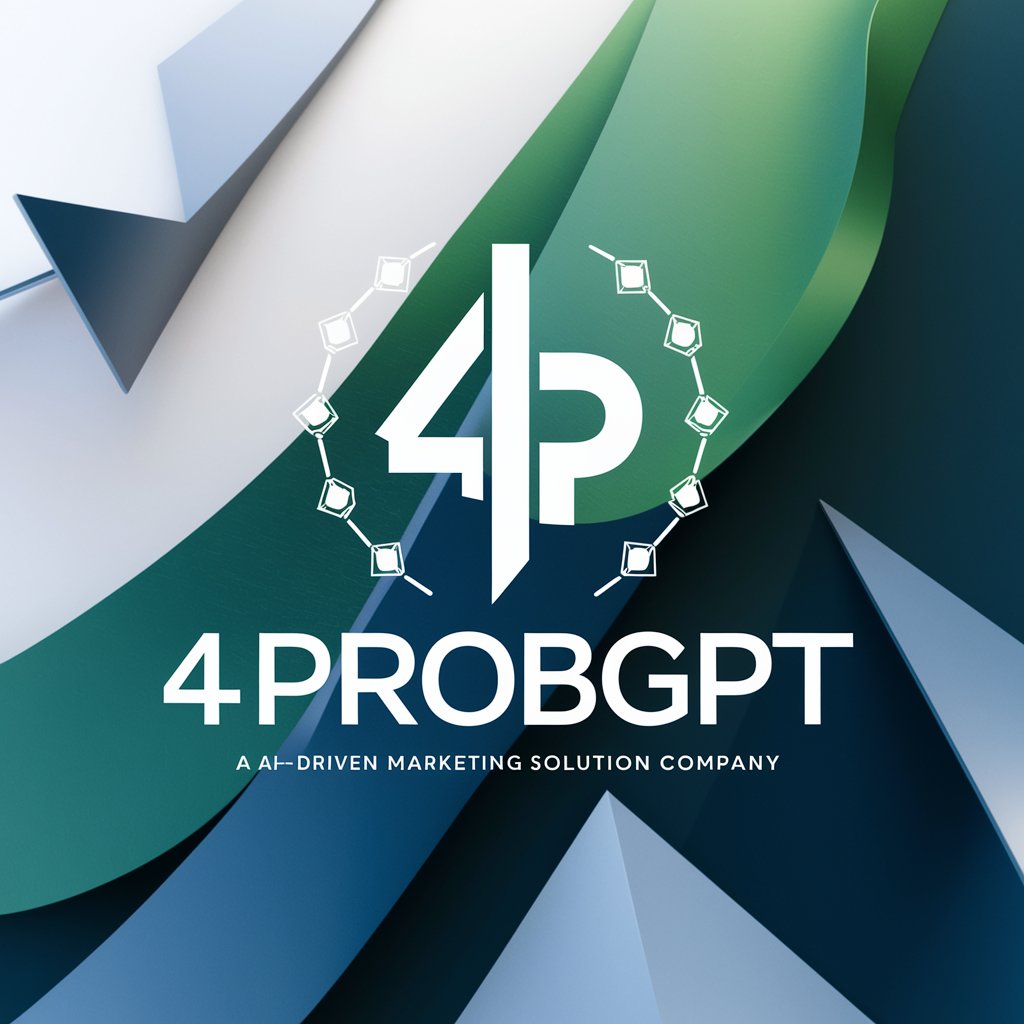
Linkedin Post Template Generator
Transforming ideas into engaging LinkedIn content
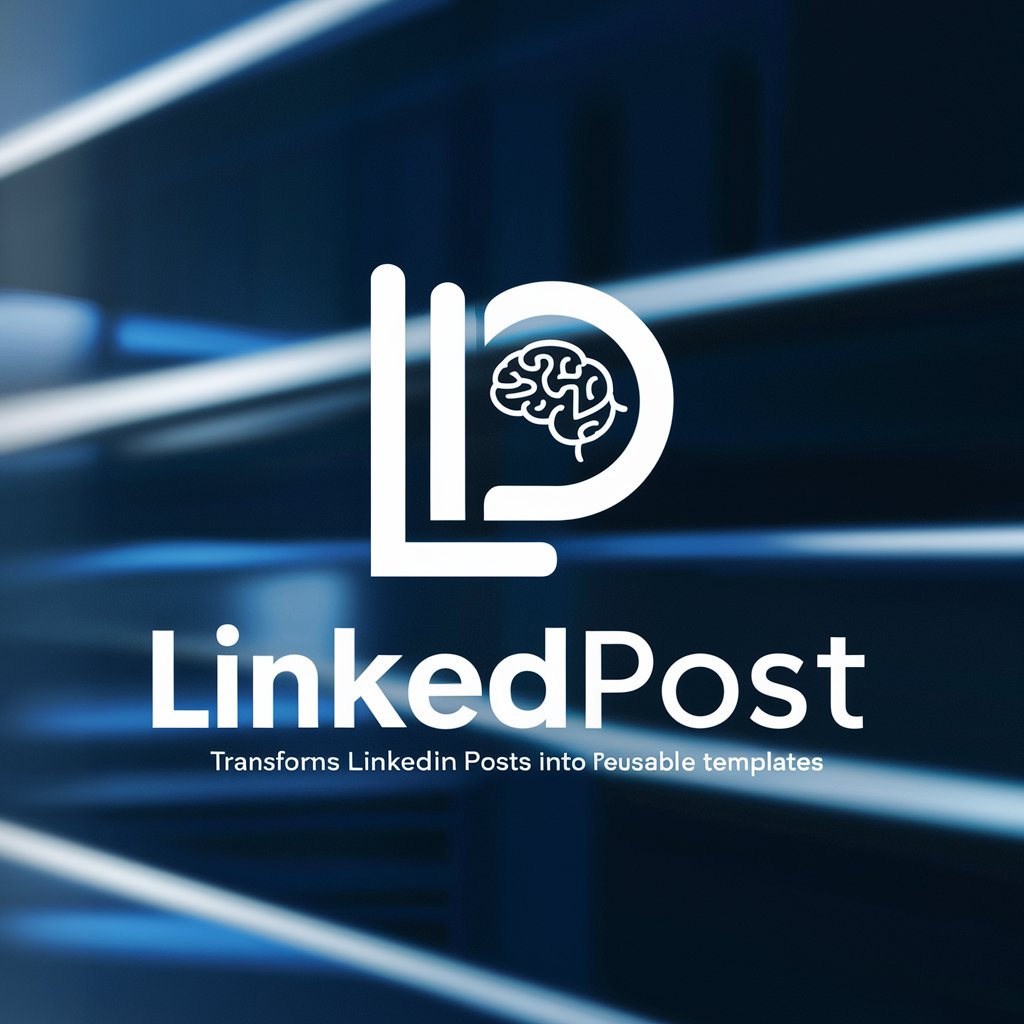
FinSight
Empowering financial insights with AI

Integration
Streamlining connections with AI-powered integrations
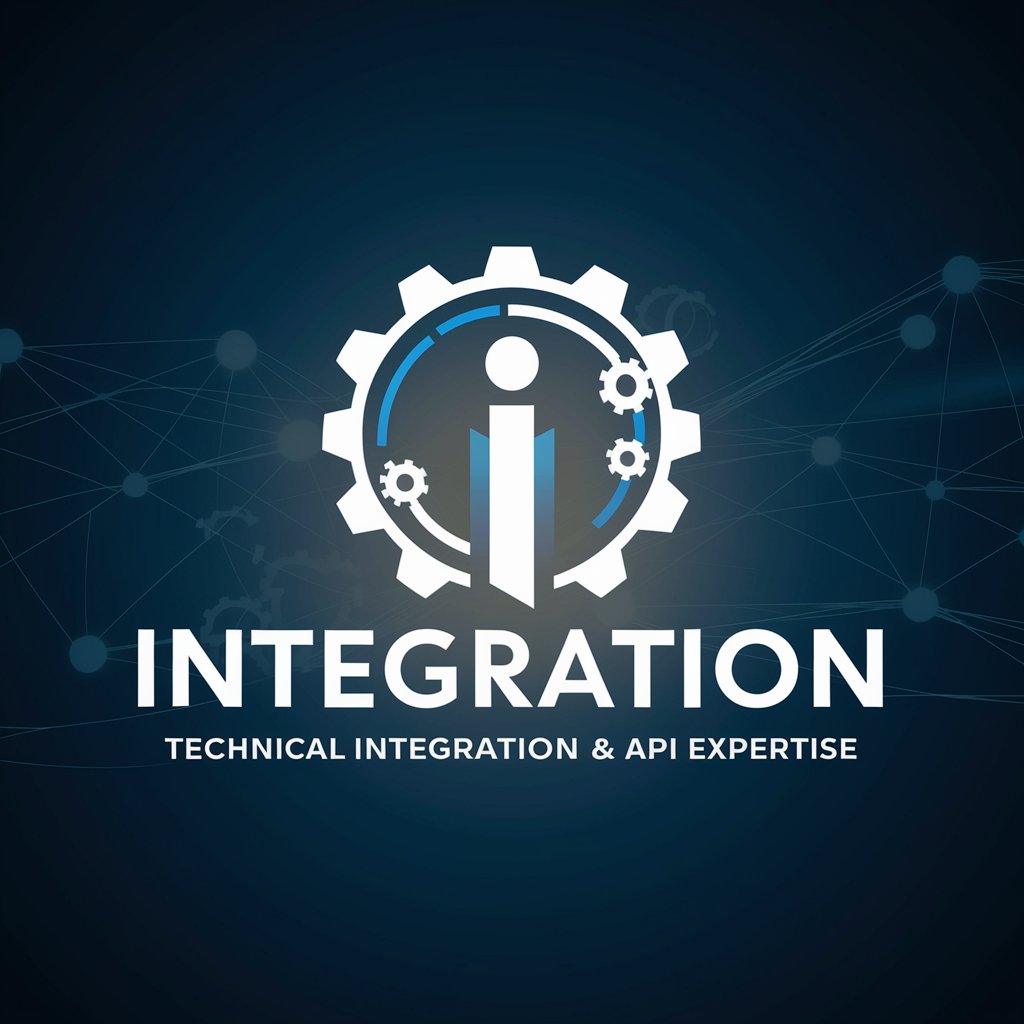
Guía Cafetería
Empowering Your Café with AI

Frequently Asked Questions about Data Analytics
What is Data Analytics?
Data Analytics involves examining datasets to draw conclusions about the information they contain. Using statistical techniques, it helps uncover patterns, correlations, and insights to support decision-making.
How can Data Analytics improve decision-making?
By revealing trends and metrics that would otherwise go unnoticed, data analytics provides a factual basis for making more informed decisions, reducing guesswork and increasing accuracy.
What skills are essential for Data Analytics?
Key skills include statistical analysis, data visualization, data cleaning and preparation, programming (notably in Python or R), and understanding of machine learning algorithms.
What are common tools used in Data Analytics?
Popular tools include SQL for database management, Python and R for programming, Tableau and Power BI for visualization, and Excel for preliminary data analysis.
Can Data Analytics predict future trends?
Yes, through predictive analytics and machine learning models, it can forecast future events by analyzing historical data and identifying patterns.
